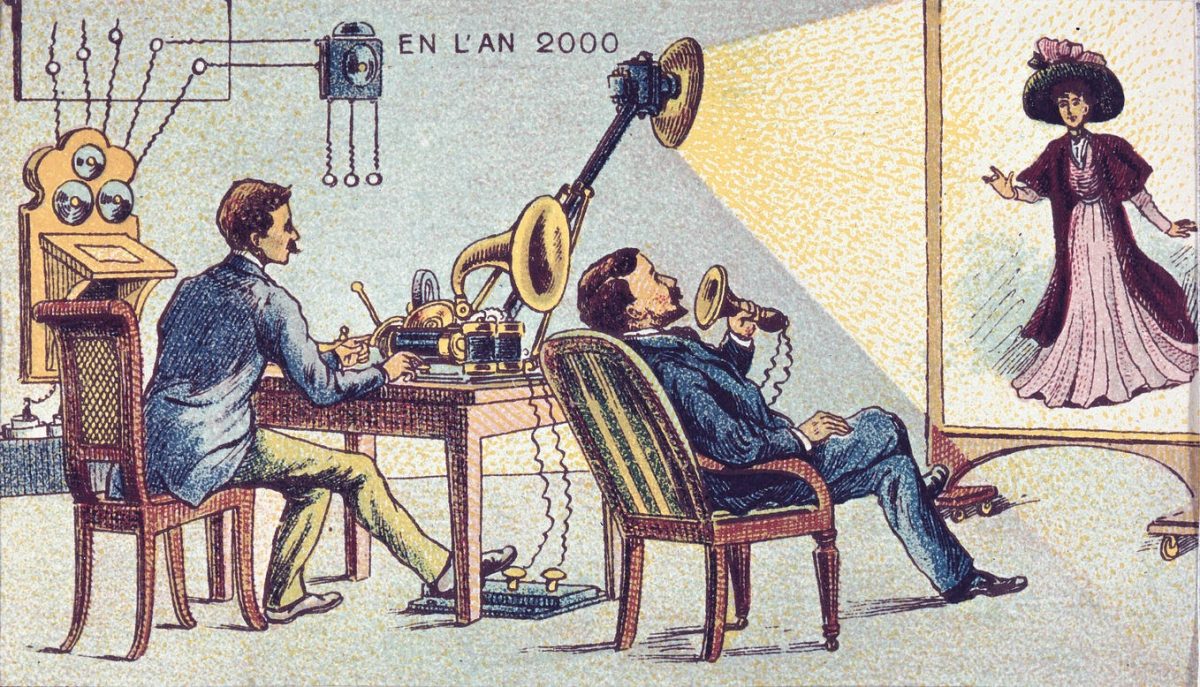
Françoise Foliot
Art by Françoise Foliot // CC-BY-SA 4.0
Chancellor Mildred García of the CSU system sent an email on in early february announcing their new vision to create “the nation’s first and largest AI-powered public university system”. Partnering with many AI tech companies, including OpenAI and NVIDIA, García aims to provide AI tools and instructional materials to all students and professors.
In an exclusive interview with STAR, Interim President Emily Cutrer expressed optimism for this new development. “AI is not going away, and we need to learn how to use it productively”. When asked if she thought AI would be a draw for student enrollment in the future, she said “Yes! That and other things will be a draw.”
The faculty senate has been hard at work working on a new AI policy this year, says Cutrer, as she likened AI to the invention of email, something initially terrifying, but that we learned to integrate into our lives. According to her, the goal of this initiative is to “prepare students for AI skills necessary in the workplace”.
However, AI technology as it currently exists has been controversial in workplaces. According to a survey on ExtraHop, 32% of all companies had banned the use of generative AI in their workplace, including Samsung, Apple, and Verizon.
The industries that are most opposed to it are the arts – According to the Academy of Animated Art, 74% of American artists believe AI artwork generation to be unethical. This is largely because of how AI image and video generation works, piecing together data from existing media and giving no credit to the original sources. Under SSU’s current policy, this is plagiarism.
Computer Science major Eli Nadler-Block has developed nyr opinion of AI after studying how it works. “AI is trained from existing art and replicates it with no soul. This isn’t fair,” said Nadler-Block. Nadler-Block also voiced concerns about the way the tool is using existing artwork from artists who haven’t given permission to train models. “It’s stealing from artists and this is bad for everyone. The whole purpose of art is expression of the soul. AI has no soul. And this means it will never replace art made by real people.”
History Professor Steve Estes studies technologies that have changed the workplace. He has been open to AI for a while, and allows his students to use the technology so long as they are transparent and make their own edits. He is not all that concerned that AI will do the thinking for people, stating “I’m not sure AI is as smart as tech companies and the media say it is … when you think about it, sliced bread isn’t that much better than regular bread.”
Estes believes that “AI will change the workforce to be more efficient, but the benefits of AI are felt much more at the top than for workers.” He claims to have observed this pattern unfold many times before, like electricity being at first used much more in factories then homes. While it will definitely affect the workplace, Estes doesn’t see AI being quite as world changing as many hope – or fear.
The recent budget cuts affected many art departments including art history and the performing arts, and aim to merge what is left with the Communications Department. The changes were announced only a week before this AI initiative was announced – which in the words of communications and music student Estella Zea, was “absolutely horrendous timing”. Estella said the timing of the announcement makes it look like they were cutting departments to ‘replace them with AI’.
It is still unclear to many students and faculty just how these changes will impact campus life, and all students, especially artists, will be waiting for further details that were promised to be coming soon.